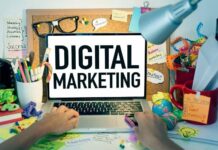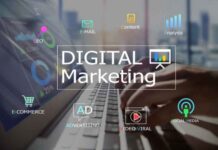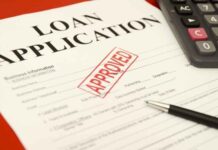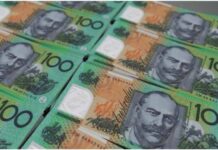The design of any product or the design of a marketing platform, or merely any design associated with the brand, influences the brand’s success rate to a great extent. A product design plays a crucial role in product marketing as well. There are various studies, and statistical evidence indicate the same. For instance, over eighty per cent of consumers recognize brands through their brand colour, and over seventy-two per cent of consumers prefer products with good designs on packaging. The growth of internet usage influences the usage of the latest technologies to market the product; this includes websites, social media platforms, etc. The design of the platform influence the customer retention rate online up to 94 per cent.
Thus, designs, especially product designs, provide a competitive edge to the brand. The product design experts have different titles: experience designer, information architect, interaction designer, experience architect, UI designer, and UX designer. Usually, the role of anyone that designs a product is essential to provide creative and simple solutions to the market needs through new products. Few organizations hire product designers to upgrade products to the next level. The continuity of business success depends on the consistency of successful products in the market; this is where the product designers come in handy. Product designers are typically involved in integrating business goals with product design decisions.
A Typical Designing Process
Product designers have one of the crucial roles in organizations; their ideas, decisions, and suggestions significantly impact the economy and future of the organization. Thus, product designers conceive an idea, which goes through multiple layers of discussion and filtration before arriving at the best solution; the idea generation is usually through group discussions. The brainstorming group discussions generally consider the need for the product, the competitors, the product feasibility, the marketability, etc. Usually, the discussions result in potential solutions for the issues. The shortlisted ideas go through thorough scrutiny; this involves the analysis of strengths, opportunities, weaknesses, and threats. The scrutiny performance is usually by industry experts; they may provide insights, ideas, comments, etc.
In the next stage, the enhancement of the product makes it fully ready for analysis. The enhancement of product includes,
- Understanding the ratio between the product benefits and the level of difficulty for customers to understand the product,
- Understanding the advantages and disadvantages against the competitors,
- Fixing the major product highlights; the uniqueness level helps in determining the marketability, success rate, etc.,
- Creation of value preposition charts that indicates the usability, the targeted audience etc., and
- ● Testing the concept provides insights on the aspects such as niche market identification, backup ideas, etc.
The business analysis of the product’s design helps fix the product price through models such as cost-based, market-focused, etc. The completion of product design is an indicator to move forward with product development and market testing.
The designing and development of the product usually will be handled under one roof in the product development and designing organization. Product development and designing consultants are available also on service-based requirements these days. The indicators of a great consultant/firm rely on their past work, proven capabilities, expertise, awards, level of recognition, etc.
Conclusion
The careful and intricate designing and development levels of the product are essential to ensure the product reach and organizational success. Thus, it is an excellent choice to choose the organization that consistently puts such efforts to serve consumers’ needs efficiently.


























